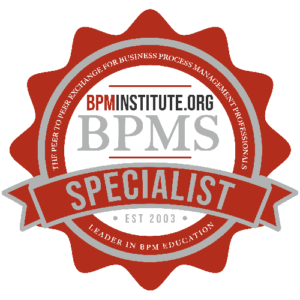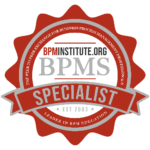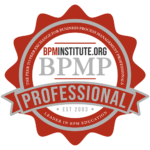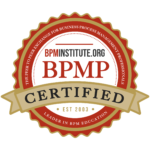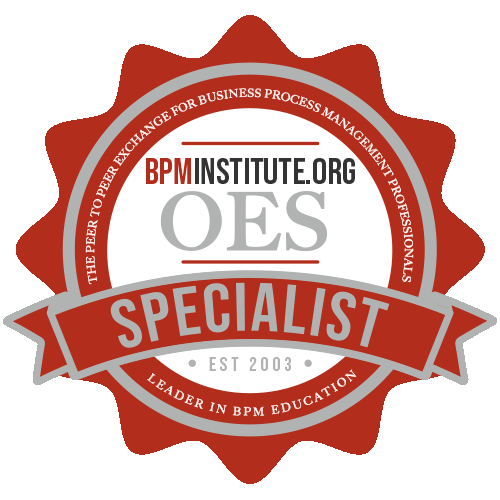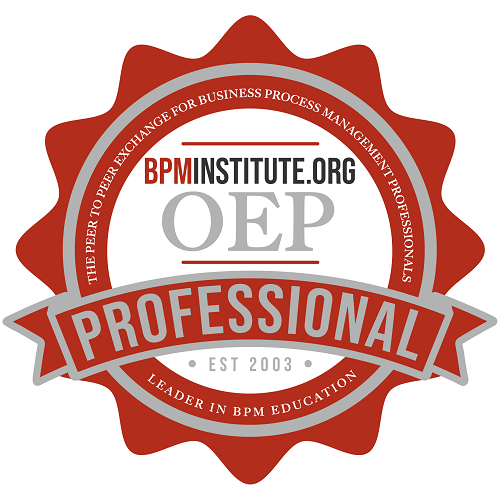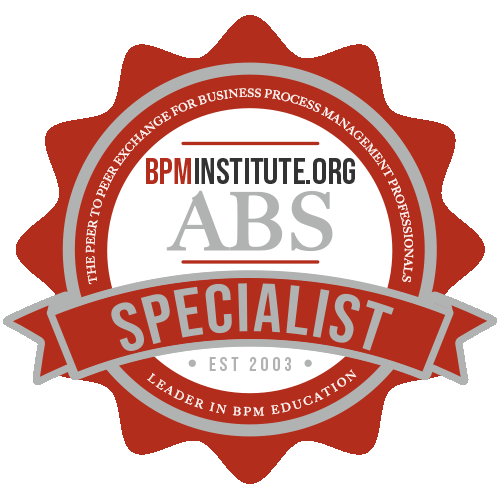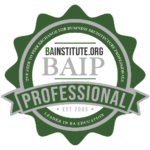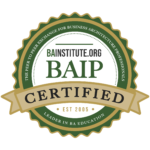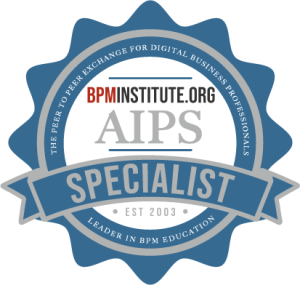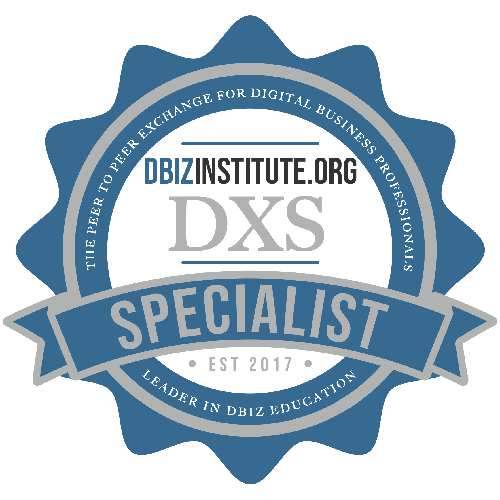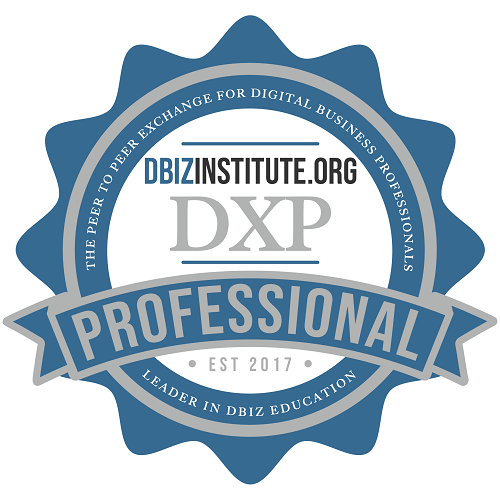INTRODUCTION
Organizations adopting business process management approaches often find that a process-centric approach risks assuming that only two basic components must be coordinated – existing systems and tasks performed by people. The problem with this is twofold.
- Firstly, many existing systems are extremely “dumb” – they store data, manage it and regurgitate it on command. These “legacy” systems have been built to support the largely stable business of the past rather than to cope with today’s dynamic business environment. These “dumb” systems tend to wait for some human to come along and push a button, select a menu option, approve a work item. This brings us to the second problem.
- The assumption that the intelligence in processes can be provided by humans has a number of critical challenges. As the speed at which businesses must respond increases it becomes increasingly unreasonable to rely on humans in the process. Not only do humans take too long to respond in transactions measured in milliseconds, they may not be available when a decision is required (after hours, for instance, or while they are in a meeting), leading to long delays. The irresistible trend towards self-service compounds this by creating more situations in which there is no-one (besides the customer) to make a decision anyway. Finally, in an era of dynamic pricing and terabytes of relevant data, it is not clear that a human is capable of the best decision anyway, even if it were possible to wait for one to make a decision.
An organization can use a BPMS to define the steps in a decision and try to manage the decision like it is part of a process. However, this leads to overly complex processes with dozens or even hundreds of steps and branches tied into the process to automate a business decision. Furthermore, changing these decisions is now tied inextricably into the process definition, forcing updates in the process for any change in the rules governing the decision. This forced synchronization drains business value from the effort. The definers of the process steps and the decision logic are different groups and synchronizing their work is not simple.
The solution is to consider the business decisions within these processes as “first class” objects to be managed – to adopt an approach known as Business Decision Management.
BUSINESS DECISION MANAGEMENT
Business Decision Management (BDM), or Enterprise Decision Management as it is sometimes known, is an approach for automating and improving high-volume operational decisions. Focusing on operational decisions, it develops decision services using business rules to automate those decisions, adds analytic insight to these services using predictive analytics and allows for the ongoing improvement of decision-making through adaptive control and optimization.
The five concepts identified in italics in the definition above underlie the approach:
Operational Decisions
BDM improves processes by externalizing the operational decisions that control them. These decisions are not the big, high-value decisions beloved of management consultants and CEOs. These decisions are those required to make day to day operations run effectively. They ensure that customers are treated consistently, that the right price is offered, that policies are applied correctly and consistently, that the most effective offer is made. While the value of each individual decision is small, the cumulative effect is very large thanks to the huge numbers of these decisions in all but the smallest organizations.
Decision Services
A decision service can be defined as a self-contained, callable component with a view of all conditions and actions that need to be considered to make an operational business decision. More simply, it’s a component or service that answers a business question for other services.1
Best practices for business process management include using a service-oriented architecture to underpin the process definitions. The most effective way to introduce the automation and management of decisions is to create Decision Services. A decision service is typically a stateless service invoked at a point in time where the decision is made and synchronously returning an answer.
Business Rules
Business rules are the core building block of decisions and of decision services. Business rules are atomic, in that each is a single statement that can be reused and managed separately, and declarative in that the order of execution of business rules is not determined when they are written but is determined by the state of the business and of the information about the business at the time they are executed.
Predictive Analytics
One of the most powerful features of BDM is the ability to bring analytics into play. When people make decisions they increasingly rely on reports, dashboards, visualizations and more. But decision services cannot “read” reports or use Excel so the tools and techniques of data mining and predictive analytics come into play. Data mining can investigate data and derive trends and characteristics that can be represented as business rules. Predictions can be made about how customers, prospects or products might behave in the future. New rules can be written to take advantage of these predictions. Decision services allow these insights to be applied not just to broad statements or corporate strategies, but deep down into the day to day operations of your business processes.
Adaptive Control and Optimization
While you have control of many of the forces that drive a particular process or system change, the things that affect a decision are often out of your control. The “best” decision at any given moment might be constrained by company policies and external regulations, determined in part by the behavior of competitors and influenced always by how the customers impacted by the decision respond and how that response changes over time. This means that a decision must constantly be challenged to see if the situation that led to it being automated a certain way remains valid. Multiple approaches, typically one “best” one called the champion and several other candidates called challengers, are made available when executing a decision service. The service picks a small number of transactions and randomly assigns them to each challenger. Performance management tools are then used to compare the results of the challengers to the champion approach. A challenger that outperforms the champion is considered for promotion to be the new champion going forward.
CONCLUSION
While there are many ways to bring business rules and analytics to play in information systems and while both rules and analytics can be used to improve business processes, using them in the context of Business Decision Management to automate and improve operational business decisions is emerging as the most productive and effective.
Read Business Decision Management – Part 2. the next article in this series.
1 James Taylor and Neil Raden in “Smart (enough) Systems”, Prentice Hall 2007




